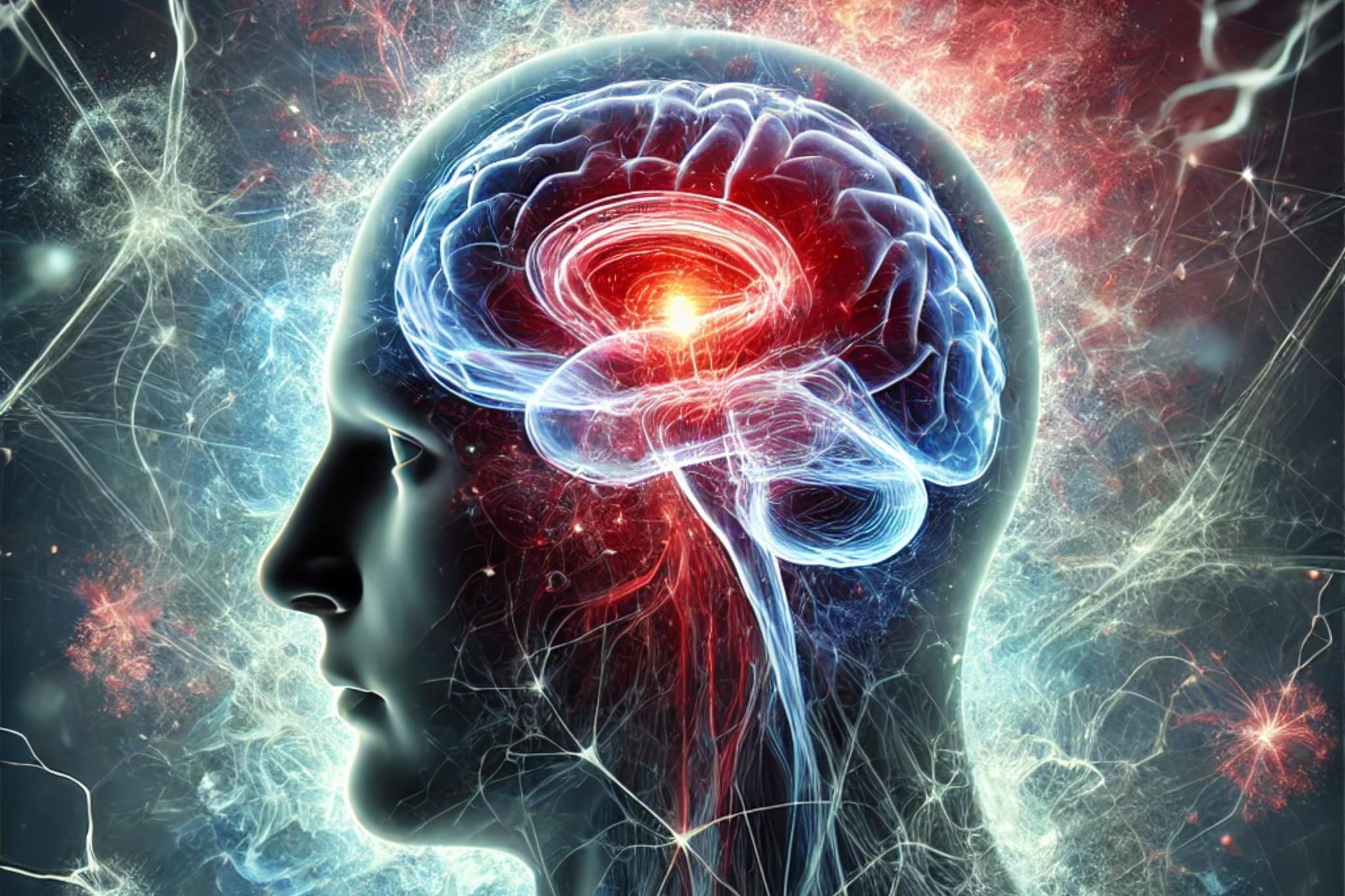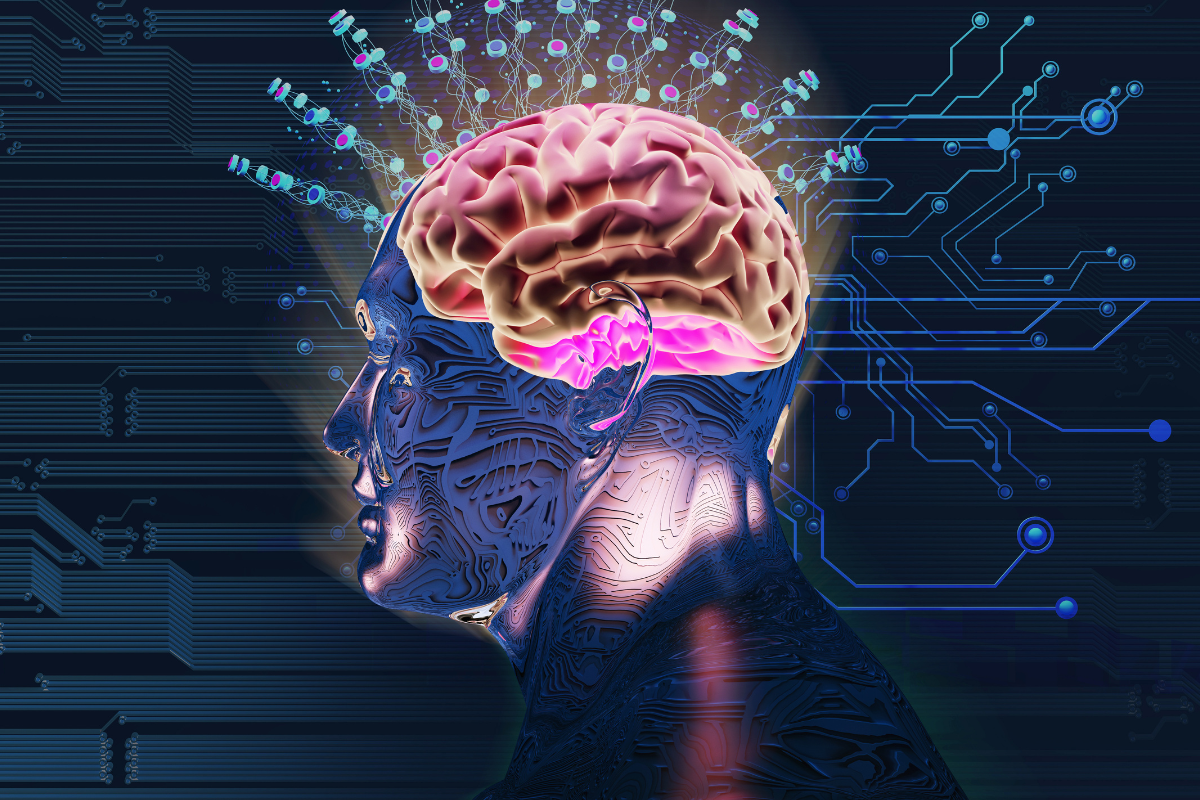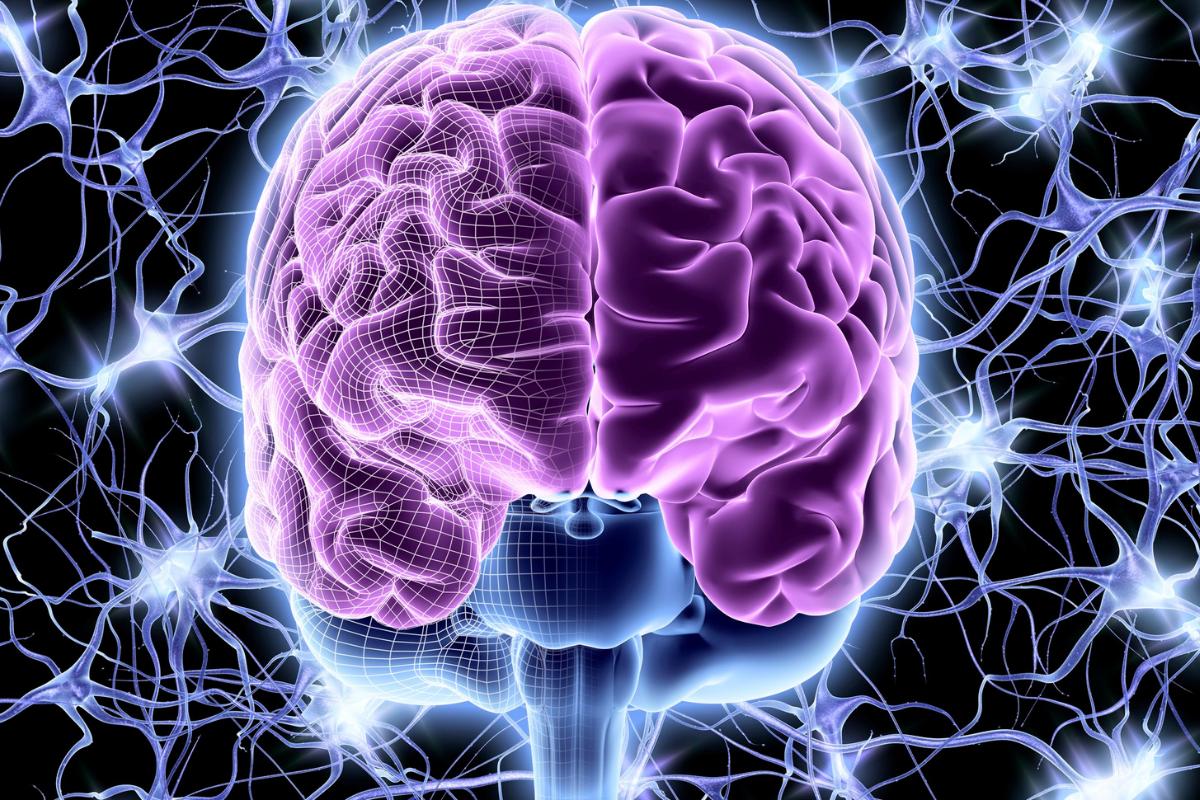Today, there are thousands of people with mental disorders in the world and in Brazil. Even before the Covid-19 pandemic, Brazil was the country with the highest rate of anxiety per inhabitant in the world (around 18 million according to the WHO in 2017).Depression, meanwhile, affected 12 million Brazilians. It was the highest rate in Latin America.
During the pandemic, these problems have worsened and increased significantly. A study carried out by UFRGS (Federal University of Rio Grande do Sul) showed an increase of 90% in cases of depression in the months of March and April 2023 and anxiety symptoms and crises doubled in the same period.
These two psychiatric illnesses are the most common, but there are several others that need equal or even greater attention: according to the Brazilian Psychiatric Association (2022)In Brazil, there are around 2 million people with borderline personality disorder, more than 20 million people in the world with schizophrenia and so on.
And there is a high probability that there are many other people undiagnosed because of the psychophobia (Because of the importance of the subject, we have developed a complete content explaining the main types of mental disorders, what mental disorders are, how the diagnosis is made, the treatment, among other essential aspects for patients and their families. Read on.
What are mental disorders?
Mental disorders present themselves in different ways, but are usually associated with abnormal behavior in the face of a situation. They are also related to emotions, thoughts and perceptions of the real world.
To be classified as such, the disorders must significantly interfere with the patient's life and that of their family members, preventing them from having a minimum quality of life to carry out their day-to-day tasks as most people can. So, even if someone shows symptoms of anxiety or depression, for example, it doesn't mean that they have a mental disorder, or that they actually have the pathology.
Only the professional specialist (psychiatrist) can say this, based on the DSM-5 (Diagnostic and Statistical Manual of Mental Disorders), knowledge acquired from other sources and clinical experience.
Types of mental disorders
Each type of mental disorder has a cause, which is usually related to a reduction in the action of some neurotransmitter such as serotonin, among others.
So, to talk about the cause, we need to explain each type of mental disorder. As there are many, I've chosen the main ones. See the list below:
Mood disorders

Depression
According to the WHO, it is estimated that there are more than 260 million people with depression in the world and that this illness could become the leading cause of disability by 2030.
Most patients show their first symptoms in early adulthood, i.e. between the ages of 24 and 25, but in around 40% they can appear before the age of 20. Here are the main signs and symptoms of depressive disorders:
- tiredness;
- fatigue;
- unexplained physical pain (somatization);
- substance abuse such as drugs, pain medication, among others;
- chronic pain (pain that lasts for weeks or months);
- insomnia;
- anxiety.
There are several causes of the illness, and the genetic influence has already been proven, i.e. relatives of people with depression are more likely to develop the illness. However, environmental factors, i.e. a person's lifestyle, also play a role in the development, intensity and frequency of symptoms.
The environmental factor is so important that at certain times of the year, such as the winter months when there is little light, it can trigger a condition called seasonal depression.
There are different types of depressive disorders such as Major Depressive Disorder, Disruptive Mood Dysregulation Disorder, Persistent Depressive Disorder, among others. Therefore, consulting a good psychiatrist is essential to find out the type.
Once the diagnosis is correct, the patient must follow all the professional's instructions. Not adhering to the treatment or, after starting it, abandoning it after a period of time thinking that they are already well, will cause the disease to progress and the patient may develop severe depression.
Bipolar disorder
According to the WHO, it is one of the 10 leading causes of disability in young adults worldwide. It is estimated that ¼ of all recorded suicides are caused by suicide. bipolar disorderpatients are 20 to 30 times more likely to take their own lives.
It can be classified into
- Bipolar disorder type I: the presence of at least 1 episode of mania throughout life, which may or may not be accompanied by a depressive episode;
- Type II bipolar disorder: there is a hypomanic episode (mania presents itself in a milder form with feelings such as exacerbated joy and irritability) combined with an episode of depression throughout life.
This is one of the types of mental disorders that can be difficult to diagnose because, depending on the moment, the signs and symptoms can be similar to major depressive disorder, ADHD (Attention Deficit Hyperactivity Disorder), borderline personality disorder or GAD (Generalized Anxiety Disorder).
Dysthymia
It's a depressed mood that lasts for a long time, for more than two years to be exact, and is present for most of the day and for many days within that period.
In adolescents and children, instead of a depressed mood, they may be constantly irritable. Some of the main symptoms are
- difficulty concentrating;
- low energy and tiredness;
- low self-esteem;
- blames himself excessively;
- constant indecision.
If you look at it, these symptoms are very similar to those of ADHD, but a good professional will be able to tell the difference, using the DSM-5 criteria, knowledge and experience accumulated over the years.
Cyclothymia
In this case, there is an alternation between periods of hypomania (a lot of euphoria) and depression. Cyclothymia is very similar to bipolar disorder, but with milder symptoms. The patient doesn't go without symptoms for more than 2 months and they appear most days, causing significant distress that impairs the performance of basic daily tasks.
Anxiety disorders
The main signs and symptoms of these disorders are related to excessive fear that persists for long periods, the perception of threats in an amplified way, generating excessive worry about the future.We know that the causes of anxiety are multifactorial, with alterations in the limbic system (structures in the brain responsible for behavior, memory and control of emotions), genetic and environmental factors.
When left untreated, anxiety disorders can progress to the point of impairing the patient's functionality, limiting them socially and even preventing them from being able to leave the house of their own free will. There are various types of anxiety-related mental disorders:
- Agoraphobia: is an excessive fear of specific places and situations, for example, crowds at a party, crowded public transport. These are cases in which the patient cannot "escape" from the place or there is no one to help them;
- Social phobia: the patient develops an exacerbated fear of being judged negatively in situations of social interaction;
- Panic disorder: panic attacks characterized by intense peaks of anxiety and discomfort to the point of developing physical symptoms;
- Selective mutism: the patient is unable to speak in specific situations such as a presentation at work, at school... but can speak normally in other situations;
- Separation Anxiety Disorder: occurs when people with a strong emotional attachment need to separate and there is excessive anticipatory suffering. There are constant thoughts about the death of the loved one;
- Specific phobia: irrational fear of something specific such as an object, situations like catching a plane, fear of blood, fear of heights and so on;
- Generalized Anxiety Disorder: excessive worry, more than necessary, about a situation or everyday tasks. These people usually have difficulty concentrating, trouble sleeping, muscle tension and a feeling of fatigue.
Remember that anxiety disorder can be treated by eliminating the signs and symptoms and the patient may develop the problem again at another time in their life.
Psychotic disorders

There is a spectrum of schizophreniaIn other words, the patient can have varying degrees of the disease depending on the symptoms, intensity and frequency with which they appear. The main signs and symptoms are delusions, disorganization and hallucinations.
It is one of the most worrying types of mental disorder because it reduces the patient's life expectancy by between 10 and 20 years, and it is estimated that 10% of these deaths are by suicide.
But the main cause of mortality among these patients is cardiovascular problems, because they are less likely to adhere to a healthier lifestyle, doing physical activity, eating more healthily, among other things.And to understand the disease better, you need to know that there are certain types of psychotic disorders:
- Schizophrenia;
- Schizophreniform disorder;
- Schizoaffective disorder;
- Substance/medication-induced psychotic disorder;
- Brief psychotic disorder;
- Delusional disorder.
As with other mental disorders, there are several causes. It is believed that the functioning of the brain is impaired because of dopamine: it is high at times when it is not needed and very low at times when it should be high.
Elevated dopamine is the result of a chain reaction. It is believed that there is an overproduction of serotonin, which increases the production of glutamate which, in turn, increases the production of dopamine which, in excess, is the main cause of hallucinations and delusions.
All this lack of organization in the production of neurotransmitters is a combination of problems related to genetic and environmental factors.
Developmental disorders

These are mental disorders caused by an anatomical change in the brain, i.e. during intrauterine formation, and also by negative environmental exposure in early childhood. For this reason, they are usually diagnosed in childhood, but nothing prevents the pathology from being discovered in adulthood.
Developmental disorders include communication disorders, intellectual disability (ID), specific learning disorders, motor disorders, tic disorders, ASD (Autistic Spectrum Disorder) and ADHD.
Throughout life, the patient may show changes in behavior or even develop other disorders such as mood disorders, psychotic syndromes, GAD, among others.
Since developmental disorders are an anatomical alteration in the brain, there is no cure for the problem, but it is possible to control the symptoms, especially the behaviors, with medication, changes in lifestyle habits and therapy. Among them, here are the best known and most prevalent:
- TEA: patients show impairments in communication, social skills, restricted interests, cognitive rigidity (especially regarding routine) and repetitive behaviors;
- ADHD: the main symptoms are inattention, difficulty organizing tasks, being easily distracted, frequently forgetting to carry out everyday tasks, losing objects and having difficulty keeping physically still (hyperactivity);
- DI: the patient has difficulty performing tasks that are expected for their age, because their intellectual functioning is below average.
Neurocognitive disorders and dementias
Dementias develop with advancing age, mainly affecting the elderly. And as we live in a time of increasing life expectancy, they have become a major public health problem, the main one being dementia. Alzheimer's.
The main characteristics of dementia are deterioration and decline in the performance of ADLs (Activities of Daily Living) and a change in behavior. The patient may be more aggressive than necessary in some situations and may also stop doing things they used to do, such as eating a food they didn't like.
There are 3 main neurocognitive disorders and dementias:
- Alzheimer's disease: the symptoms will depend on the stage of the disease, for example, in the mild stage, there is loss of recent memory, depression and apathy. In the more advanced stage, the patient may have difficulty performing simple tasks such as eating, walking and others;
- Frontotemporal: there are changes in behavior and personality, and speech impairment. Patients may also have varying degrees of apathy or disinhibition;
- With Lewy Bodies: the patient may experience hallucinations, depression and delirium and rapid eye movements during sleep.
Early diagnosis is essential to slow down the progression of the disease and improve the quality of life of the patient, as well as their family and carers.
Personality disorders
Among the best-known types of mental disorders, personality disorders are undoubtedly one of them. Here, we have a very different clinical picture from one disorder to another, in other words, the characteristics of each are more specific.
Here, we have a combination of causes such as genetic and environmental factors capable of shaping the individual progressively until early adulthood, and then stabilizing.
One of the most common is OCD (Obsessive-Compulsive Disorder). It is characterized by repetitive behaviours, for example, to make sure the house he lives in doesn't catch fire, he checks the stove 30 times in a single day or moment of the day.
The main features are:
- intrusive and unwanted thoughts that usually cause distress;
- obsessions or compulsions take up more than an hour a day, causing suffering;
- repetitive behaviors such as excessive hand washing or even mental acts such as praying, repeating words, among others.
Diagnosis and treatment
To do this, experts use the DSM, the Diagnostic and Statistical Manual of Mental Disorders. The most current version is the DSM-5 and there is a list of criteria that must be followed to diagnose each mental disorder.
In addition to the criteria, assessment instruments are also used, such as the Transversal Symptom Scale, the Clinician-Assessed Psychosis Symptom Dimensions Severity Scale and various others. There are also other medical approaches that are essential for making a good diagnosis of the patient, such as:
- Interview: is the consultation itself. It is during the interview that the doctor collects important data, such as family history, situations that led the patient to seek specialized help, and what medication they take;
- Application of questionnaires and scales: During the consultation, the doctor should apply questionnaires and scales in each case to help him make the correct diagnosis;
- Exams: some tests, both imaging and laboratory, may be requested. For example, imaging tests can be very helpful in confirming a diagnosis of dementia.
A well-made diagnosis is what will ensure that the patient receives the most effective treatment and takes medication, if necessary, to help them cope better with the difficulties they encounter on a daily basis.
Treatment options
As the causes of most mental illnesses are a combination of several factors, the treatment options must also be varied and address each of them. Thus, we have the combined treatment below:
Pharmacotherapy
In most cases, especially when the diagnosis is made, the psychopharmacological treatment is essential for controlling the problem, slowing down its progression or even treating and resolving it. Among the main ones we can mention: antidepressants, anxiolytics, mood stabilizers and antipsychotics.
Psychosocial interventions
Here, we can mention various options such as interpersonal therapy, motivational interviewing, problem-solving therapy, community therapy, guided meditation, psychoeducation, behavioral activation, CBT (Cognitive-Behavioral Therapy), among many others.
Changes in lifestyle habits
It has been proven that physical activity considerably improves the symptoms of various mental disorders, as do changes in eating habits. Therefore, in addition to exercising daily, if possible, patients need to eat more fruit, vegetables and greens, i.e. foods with a high nutritional value.
How to get help
There are various mental disorders and many of them have very similar clinical symptoms. It is therefore essential to see a psychiatrist who can establish the correct diagnosis and start treatment.
Tips for starting care
Join support groups
Joining groups that have similar problems to yours can be very helpful, as it shows that you are not alone. What's more, there's no room for prejudice and you'll feel more comfortable and secure.
Maintain a support network with family and friends
Let your family and friends know that their help and support will be fundamental in the process of curing or controlling the disease. The people you live with are of great importance at this time in your life.
Consult a psychiatrist
When someone has back pain, they go to the orthopedist. So, in the same way, when you have one or more symptoms related to mental disorders, you should go to a psychiatrist. He is the right professional and Dr. Petrus Raulino is highly qualified, with over 20 years' experience in the field and a specialist title from the Brazilian Psychiatry Association.
Now that you know what mental disorders are, what the main types are, how they are diagnosed and the forms of treatment, it's time to choose the professional to accompany you at this important stage in your life.
Find out what to consider when choosing the best mental health specialist.






